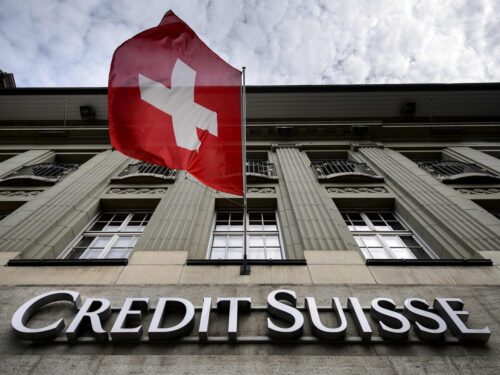SO FAR, the US Federal Reserve’s (Fed) successful strategy for fighting inflation has been to raise the key rate and reduce the balance sheet.
This negatively impacted the value of US Treasury bonds and other securities which are an important source of capital for most US banks.
Silicon Valley Bank (SVB) was the first to fail – it was forced to quickly sell the cheaper bonds at a significant loss, leading to a liquidity crisis and eventual collapse. This was followed by Signature Bank and Credit Suisse which had to sell-off, and First Republic which received a lifeline.

The US Fed recognised its mistake and took emergency measures to support the banking system. It provided US$303 bil of liquidity to banks through the Discount Window and Bank Term Funding Programme (BFTP) thereby curbing the banking crisis locally.
The crisis also spread to the eurozone with Credit Suisse failing after a 166-year run. To prevent a complete collapse, the Swiss National Bank (SNB) opened a credit line for Credit Suisse which enabled it to take a US$53.7 bil loan and stay afloat. However, it ultimately failed.
Just hours after opening the credit line, European Central Bank (ECB) President Christine Lagarde announced a rate hike, doubling it by 50 basis points at a scheduled meeting. While investors viewed this as a positive signal for European economic stability, the rate hike decision appeared hasty and could potentially lead to an aggressive rate hike by the Fed.
Uncertainties abound
At Wednesday’s meeting (March 28), the US Fed showed great restraint by adhering to its baseline and raising the key rate by 25 basis points (bps) while looking to reduce the balance sheet further. The press release on the situation with the banks stated the following:
“The US banking system is sound and resilient. Recent developments are likely to result in tighter credit conditions for households and businesses and to weigh on economic activity, hiring, and inflation. The extent of these effects is uncertain. The Committee remains highly attentive to inflation risks.”

Jerome Powell reported the need for continued balance sheet cuts. Commenting on the issue, OctaFX financial market analyst Kar Yong Ang said: “It is commendable that the US Fed did not cave to market pressure and maintained the course to suppress inflation. This is a crucial step that will help them curb inflation and perhaps even avoid a recession.”
However, there were dovish signals in the US Fed’s dot plot, including a rate cut of 75bps next year. Seeing only the growing liquidity flow, the market interpreted it as the end of the tightening monetary policy cycle with swap markets betting that the US Fed rate will fall to 4.19% at end-2023.
The banking sector is facing great risks with the regulators’ fight against inflation could make it more unstable, ultimately dragging the rest of the economy down the chain and potentially causing a global recession. Only time will tell whether this happens. – March 30, 2023
OctaFX is an international broker that has been providing online trading services worldwide since 2011. It offers commission-free access to financial markets and a variety of services already utilised by clients from 180 countries with more than 21 million trading accounts.
Disclaimer:
OctaFX or any of the products/services it refers to makes no representations, warranties or guarantees that you will earn any income as a trader.
All of the products or services we recommend are carefully selected based on either personal use of our team, or recommendations from reliable sources.
Your success will depend upon how effectively you utilise the tools and information presented, as trading always comes along with certain risks.










